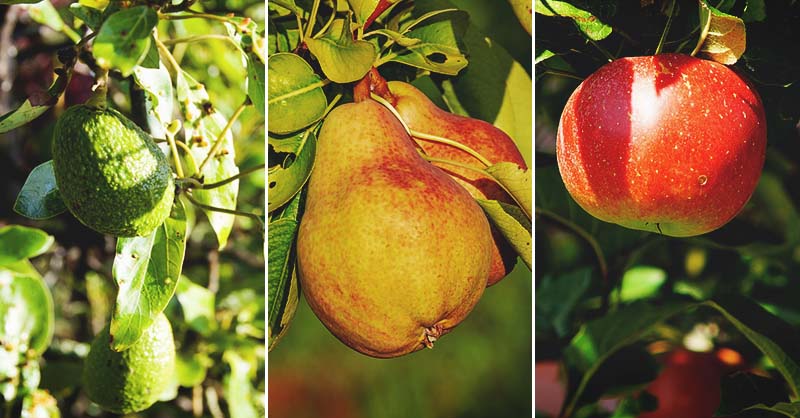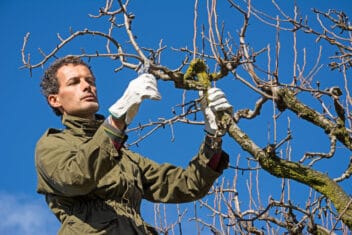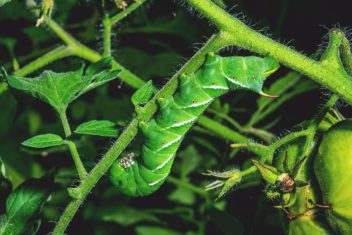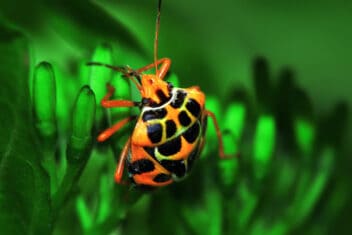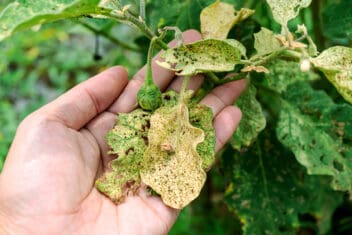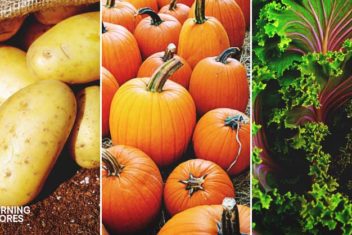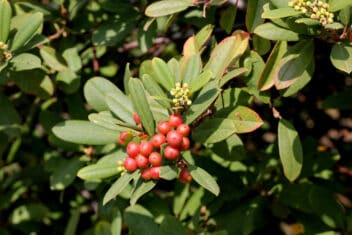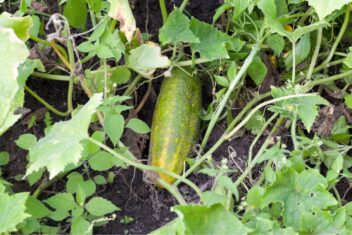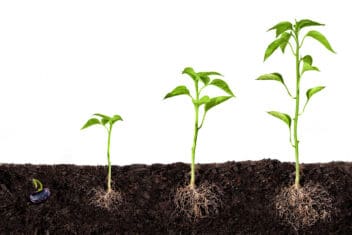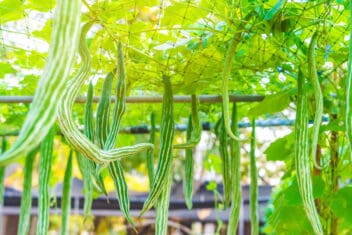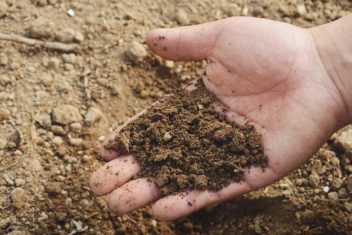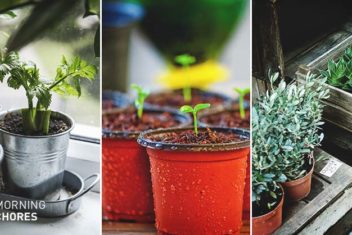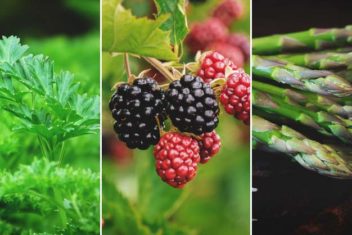Are your fruit trees throwing you through a loop? Are they producing a great harvest one year and hardly anything the next?
I found myself in a similar predicament when I became the proud owner of a small orchard. I couldn’t figure out what was going on.
To solve the mystery, I began doing my research and learned about the proper care of fruit trees. If you’re struggling with a hit or miss harvest from your fruit or nut trees, it could be because of biennial bearing.
I’m going to walk you through what biennial bearing is, where it most frequently occurs, why it happens, and what you can do about it.
Here’s what your fruit and nut trees want you to know about biennial bearing:
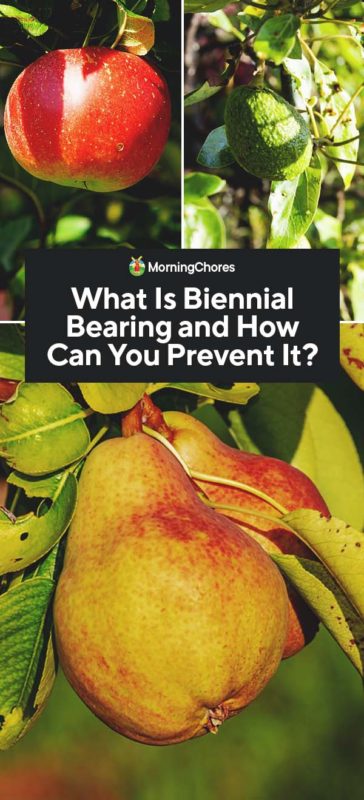
What Is Biennial Bearing and Why Does It Happen?
Biennial bearing is frequently referred to as alternate bearing; something which happens when your trees produce heavily one year and barely at all the next.
It happens for multiple reasons:
1. Improper Care
Fruit trees do require adequate care to produce as they should. If you don’t provide their necessary care, they can begin this sporadic production process.
If your trees are producing heavily one year and barely any the next, make sure they’re receiving enough water, fertilizer, and aren’t being overwhelmed by weeds.
2. Late Frost
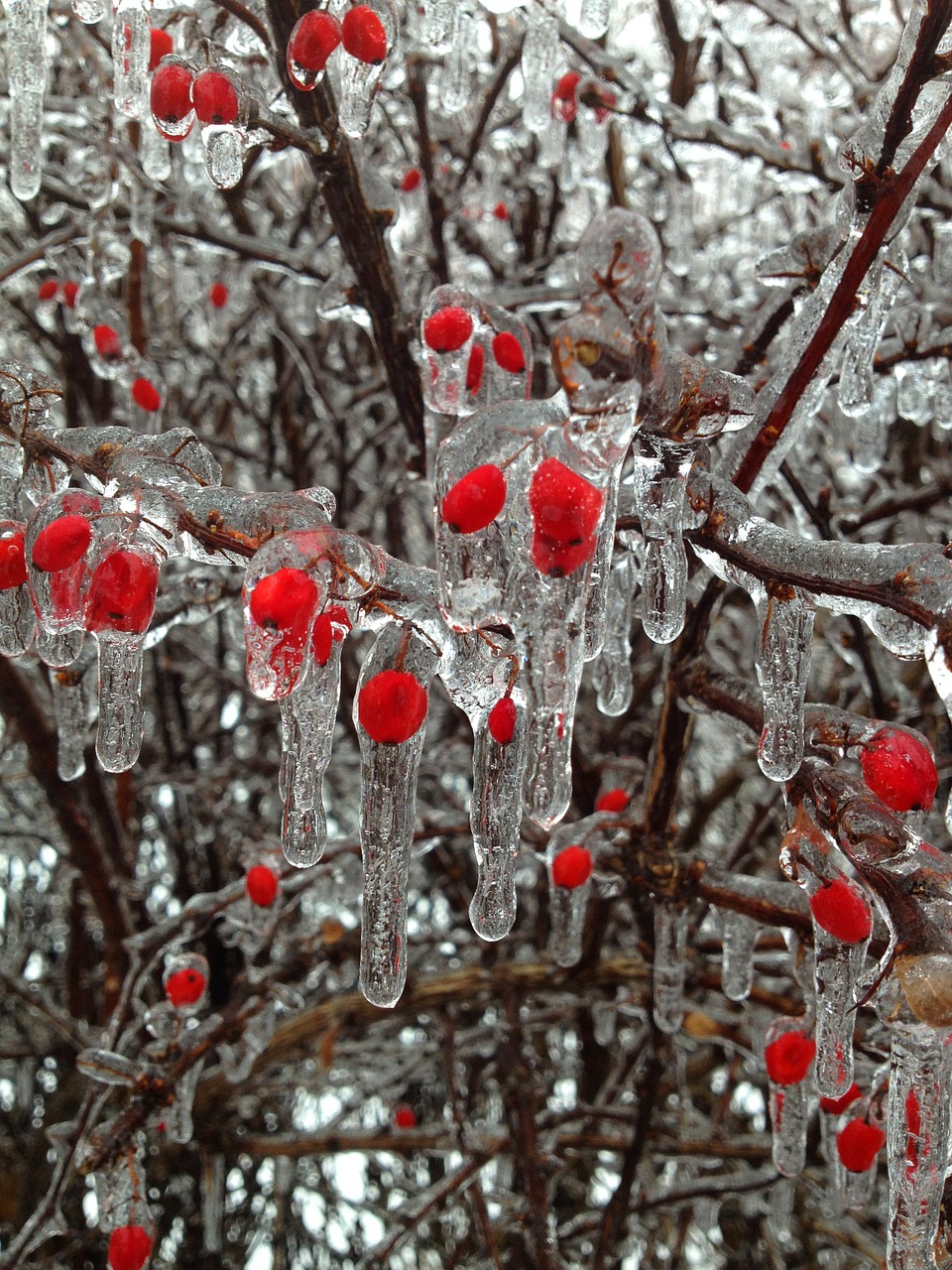
Weather can be a little crazy at times and this can throw your plants through a loop when they’re trying to get ready to produce.
If you have a late frost one year which destroys the blooms on your fruit trees, it’s common for the tree to overcompensate the next year.
3. Overproduction of the Tree
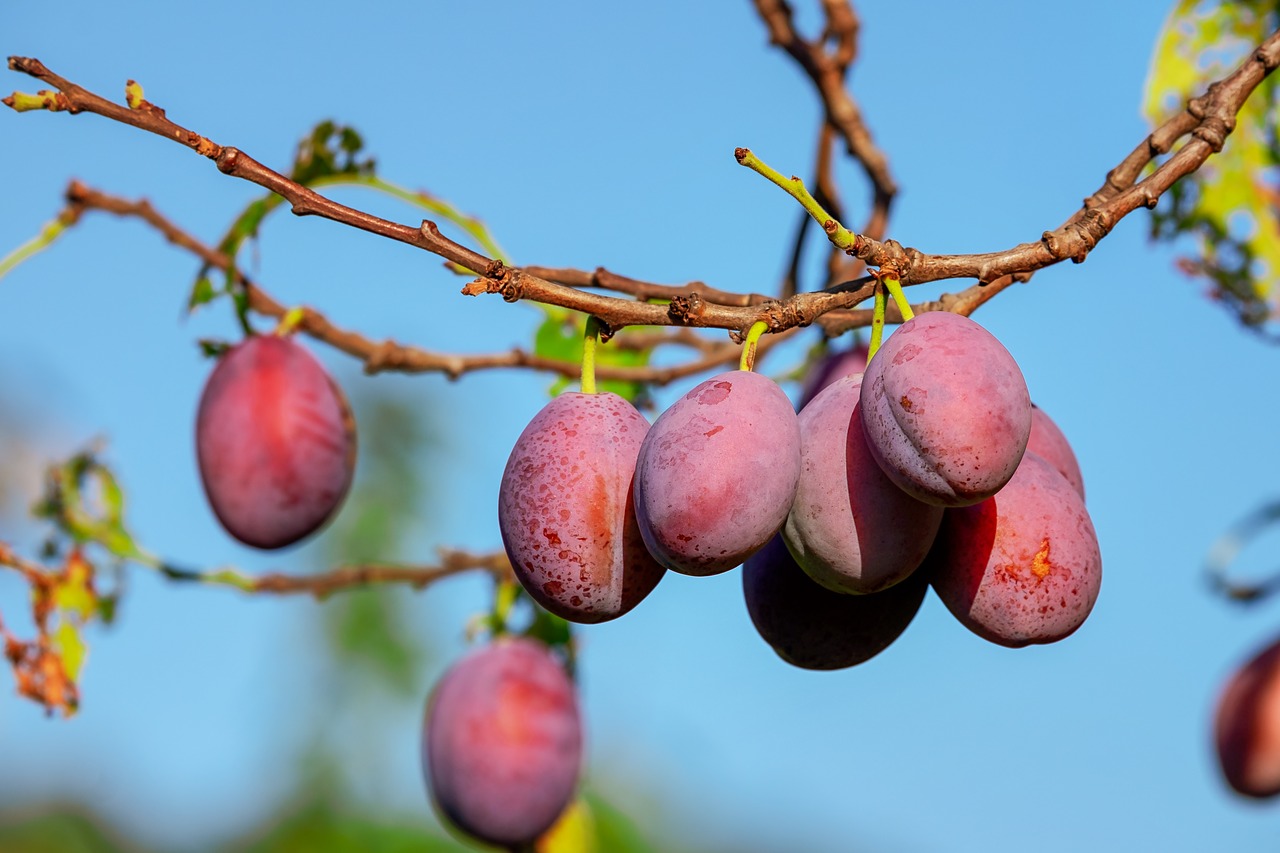
When trees start the cycle of biennial bearing, it can be a hard habit to break. It could be caused by something as simple as the tree overproducing one year and getting into this vicious cycle.
As the tree overproduces, it pours all its resources into one harvest. When it’s time to produce the next year, it doesn’t have enough resources left to produce an adequate cycle. This is where the cycle begins, and you must step in to help.
Common Trees Which Suffer from Biennial Bearing
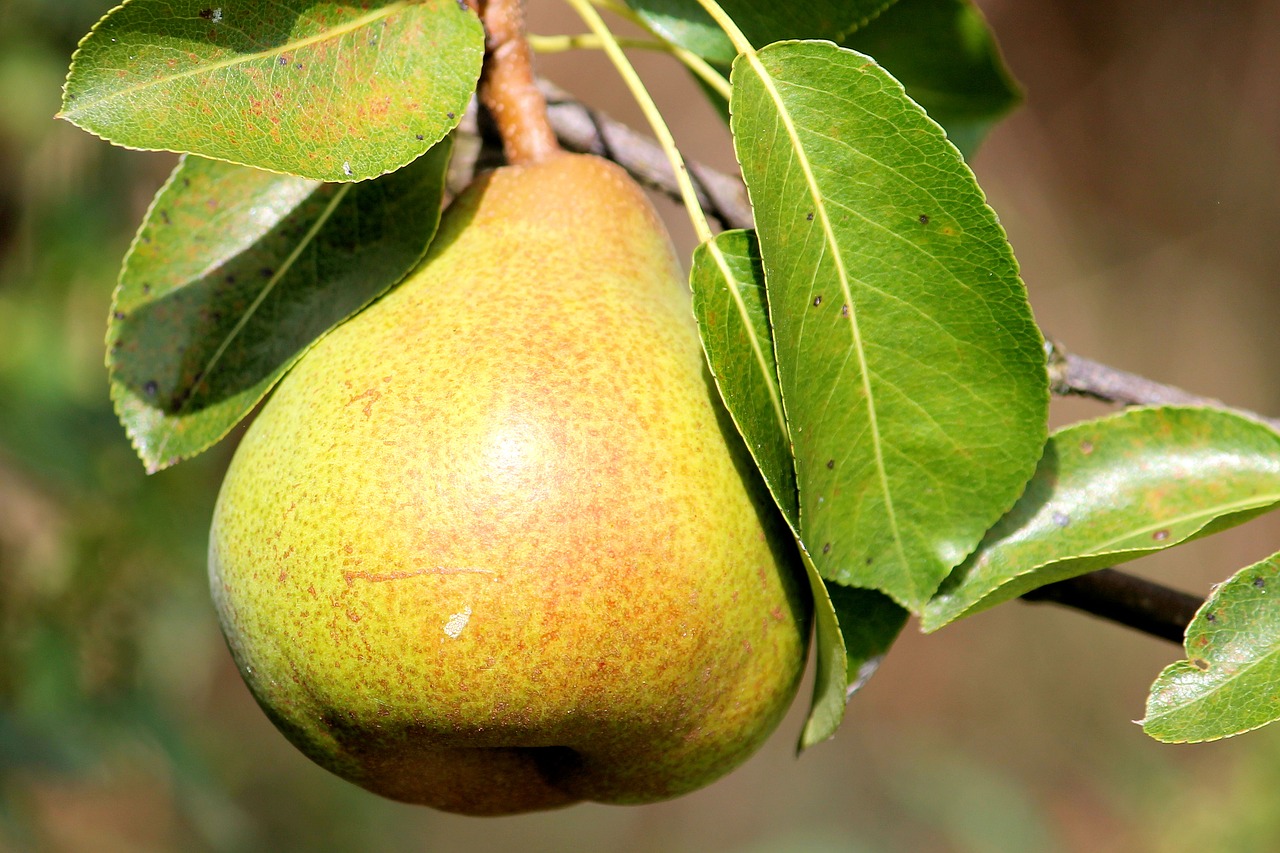
All trees don’t suffer from biennial bearing, but there are a few common types which do. Knowing which trees most commonly suffer from this problem can help you be proactive and try to avoid it.
The trees you should be on the look-out for biennial bearing are:
How to Overcome Biennial Bearing
Your trees are already showing signs of biennial bearing. What should you do now? Is this something you must deal with?
In short, the answer is no. You don’t have to deal with biennial bearing, but you will have to work with your plants to pull them through this cycle and hopefully break it. Here’s how:
1. Thin the Fruit
Thinning the fruit on your trees can be a great help to overcoming the biennial bearing process. You have two options for fulfilling the thinning process.
The first option is to remove the blossoms on the tree before fruit forms. This will stop the tree from using any resources to produce unnecessary fruit.
However, if the blossoming stage is over and small fruit is already on your tree, you can remove the excess fruit.
It will help remove the extra weight and allow the fruit remaining to grow to a decent size. The only downside to waiting to remove the fruit is the tree has already used resources to produce the original number of fruits on the tree.
2. Provide Proper Care
By providing proper care to your trees, you can help them avoid biennial bearing. Make sure your trees are fertilized each spring. Doing this will make sure they have the necessary nutrients to produce adequately.
Most planting zones have a drought period. When the dry season hits your planting zone, make sure you provide water. This will avoid unnecessary stress on the tree.
The last thing you must do to care for your fruit trees properly is to keep the weeds at bay around the base.
You can do this by pulling the weeds or by mulching around the tree. Though mulch can attract certain pests to the roots of your tree, it’s still a good option because it can help keep the weeds down and the moisture in.
3. Accept the Elements
There’s no way to stop the elements. If you have a late frost in your area you don’t have to roll over and play dead.
Instead, try to use a few layers of cloth to protect the blooms. You could use row covers or bed sheets to keep the blossoms safe by draping the material over the trees.
Make sure you pay attention to the weather to be able to plan ahead and not allow your fruit trees to be harmed by its unpredictability.
Hopefully, this has given you some insight as to what could be happening around your orchard. If your fruit trees are producing sporadically, try a few of the tips mentioned above and see if it will help boost your harvest over time.
Fruit trees are an excellent addition to any property, but they require proper care (like most perennial plants) to be able to enjoy their harvest.

